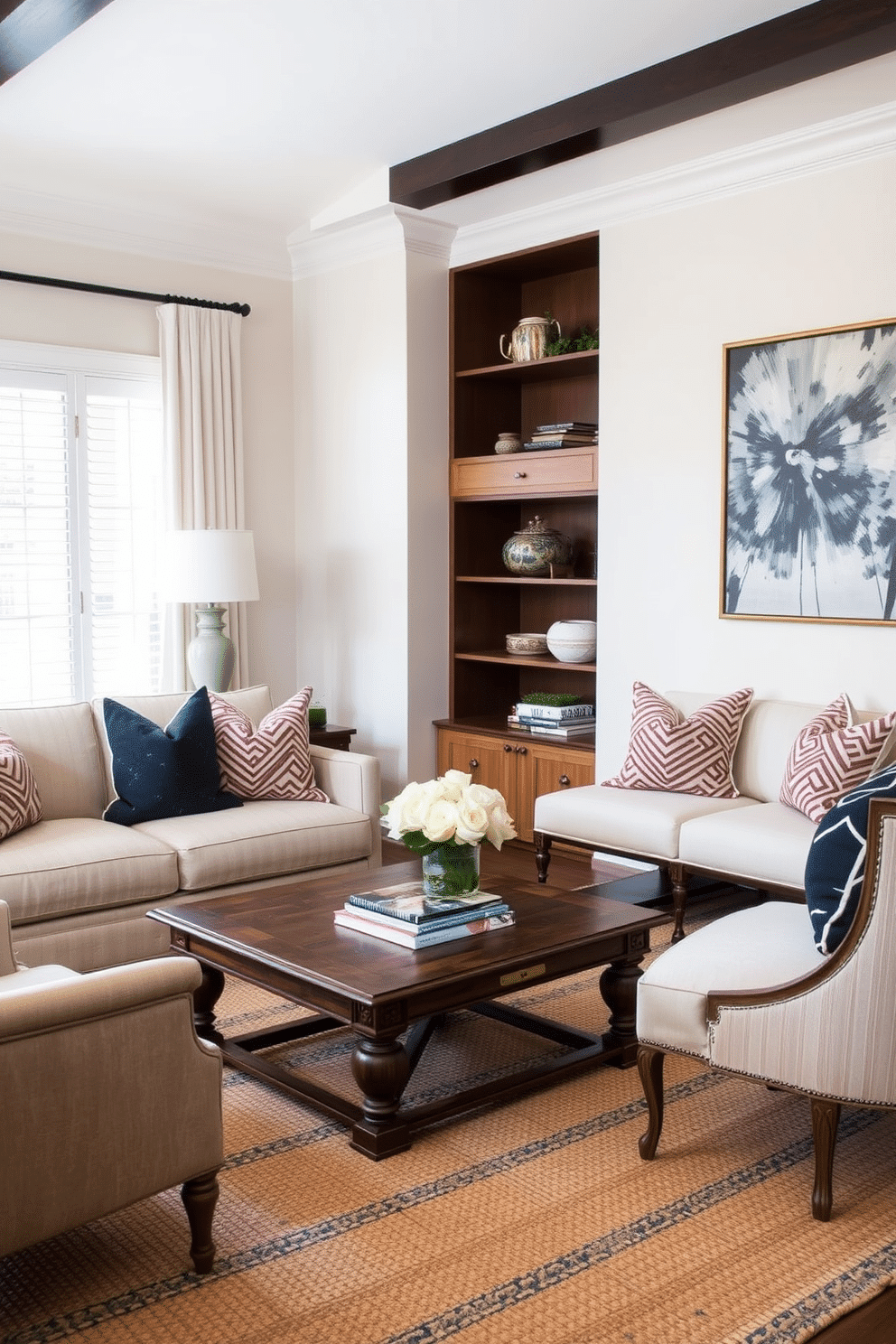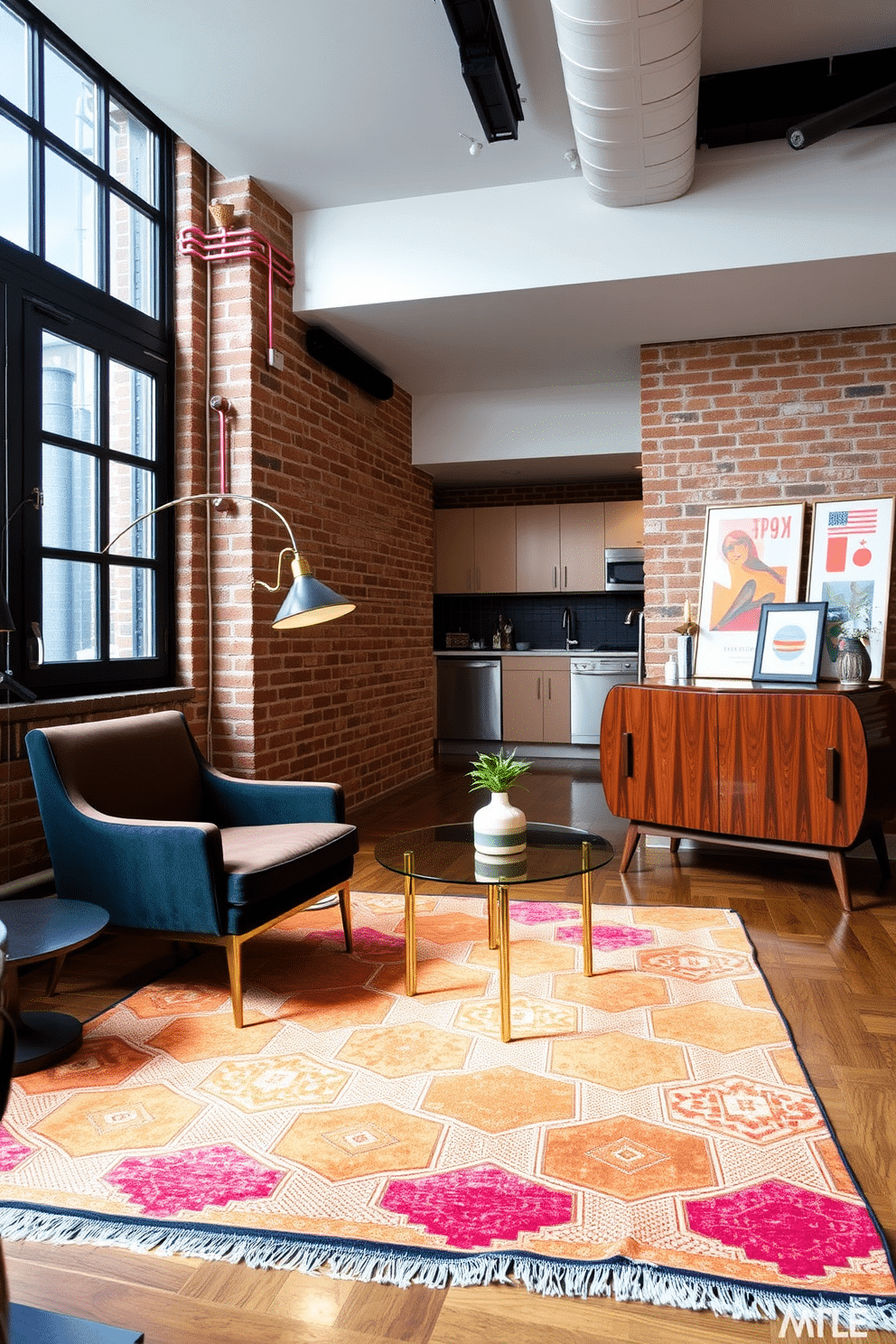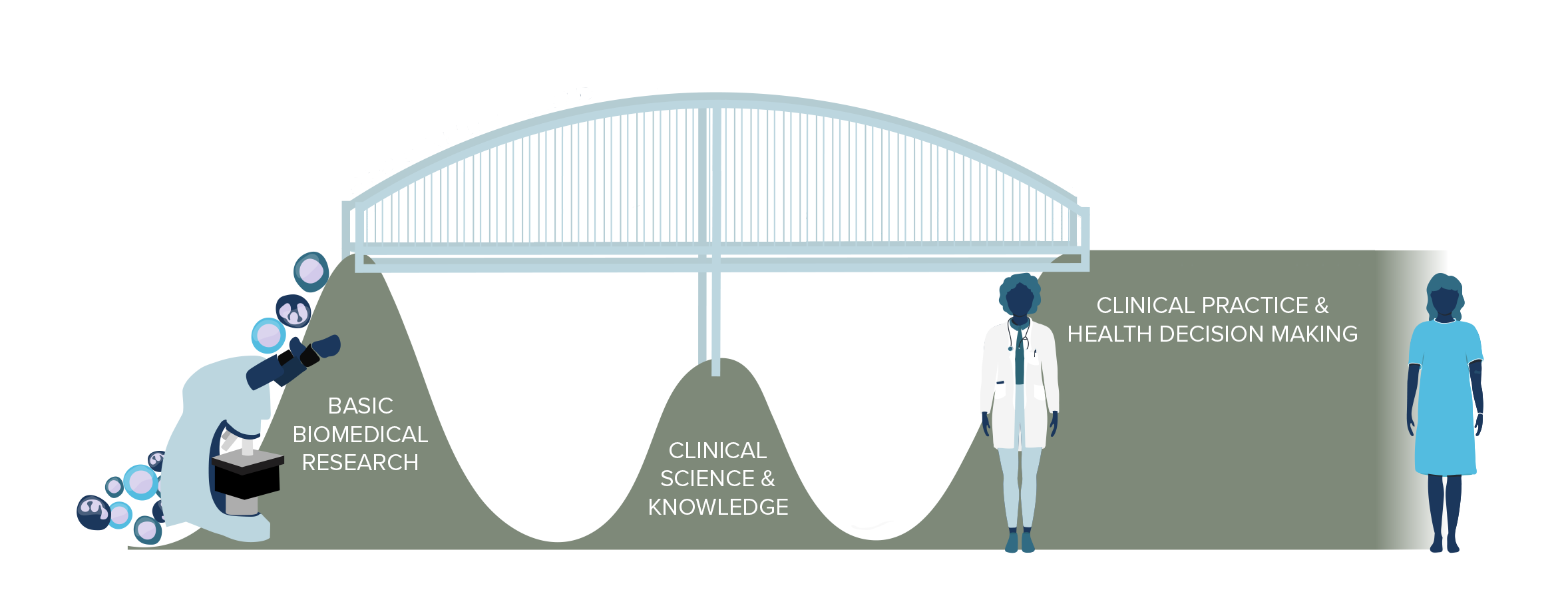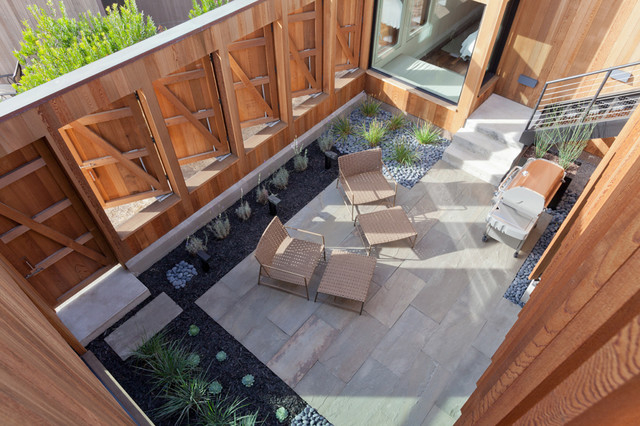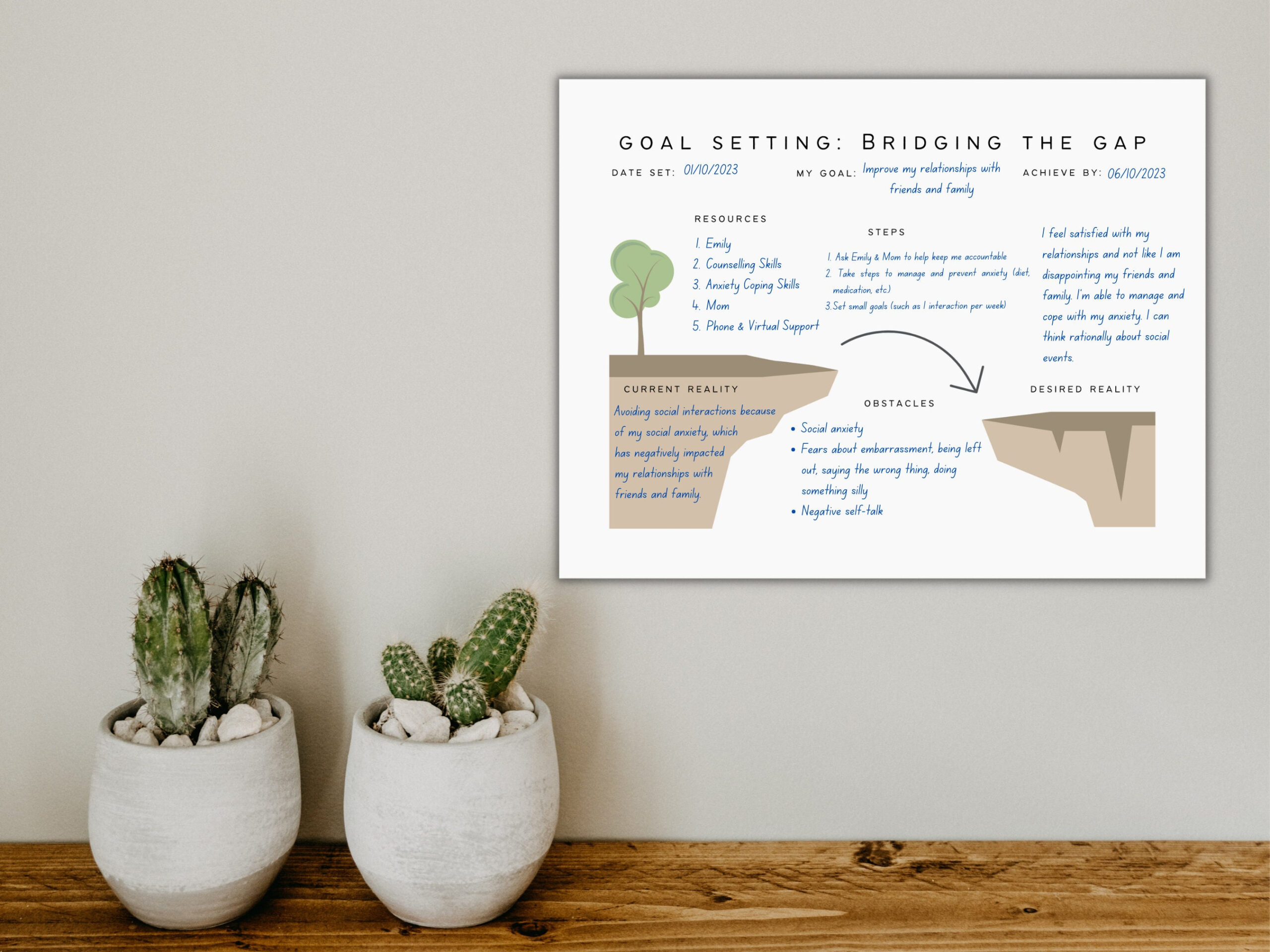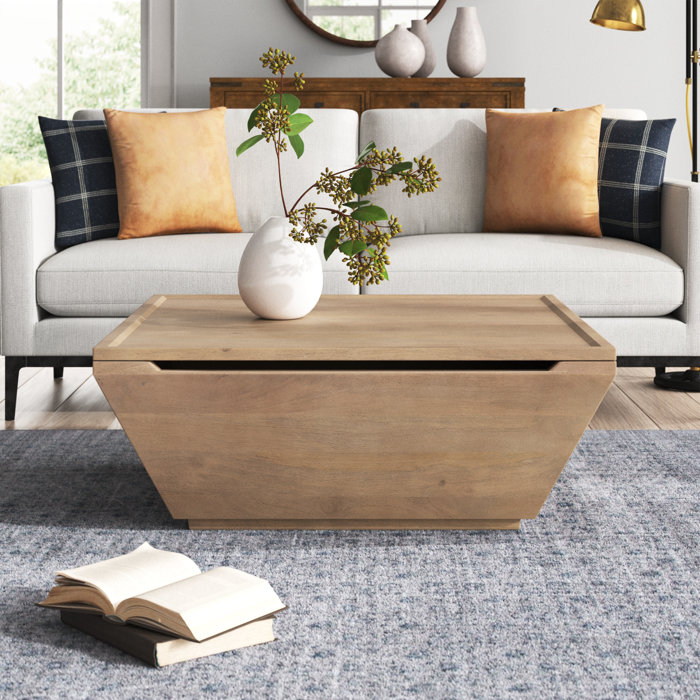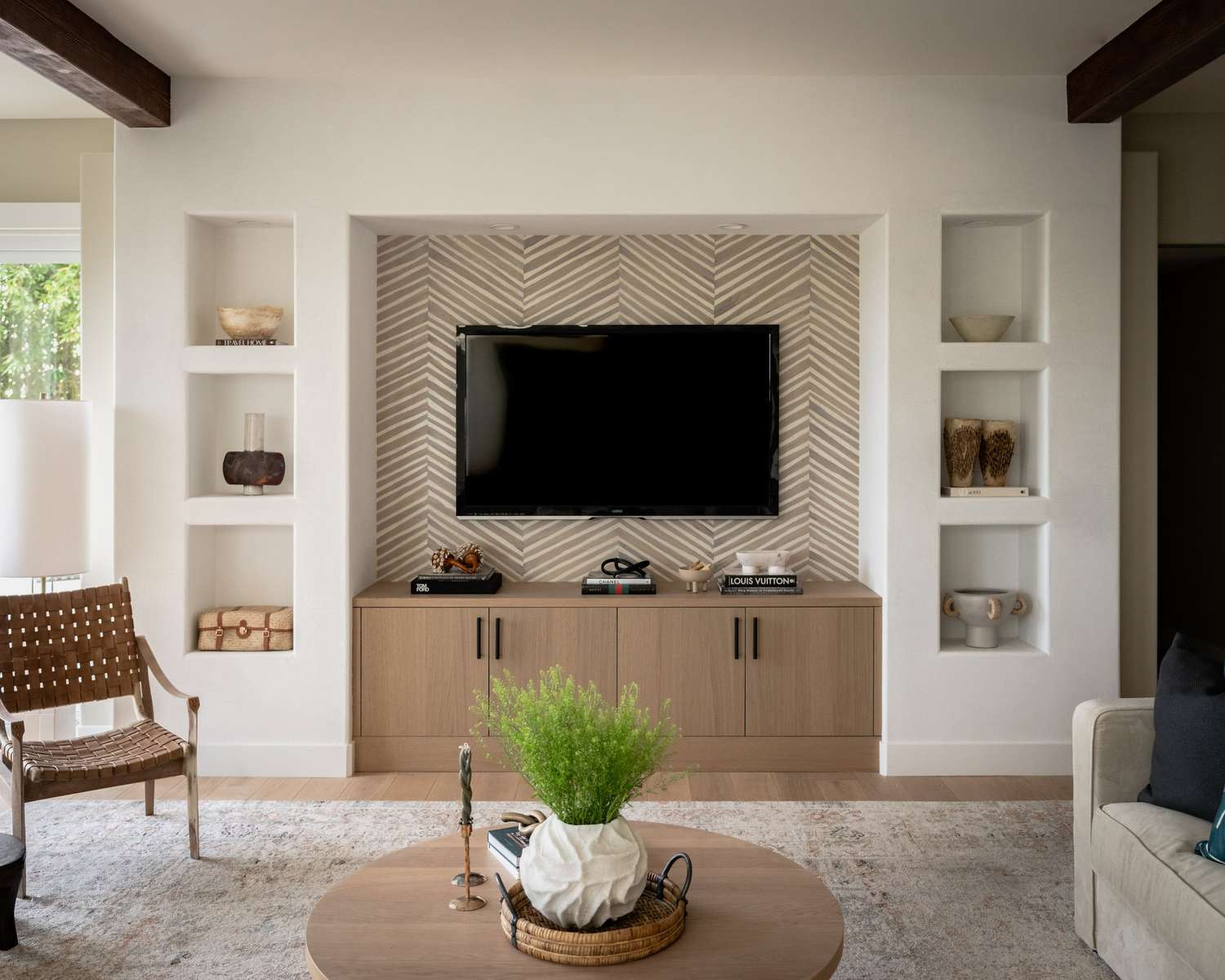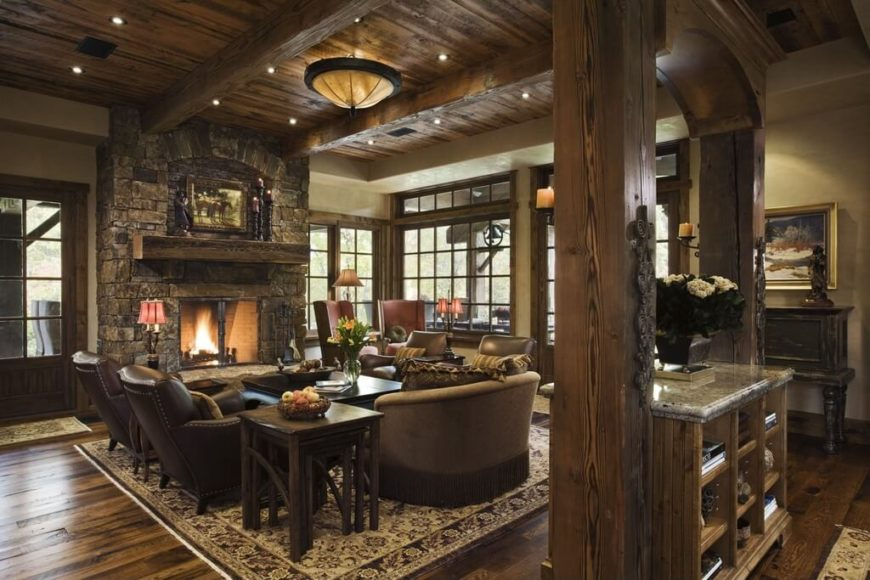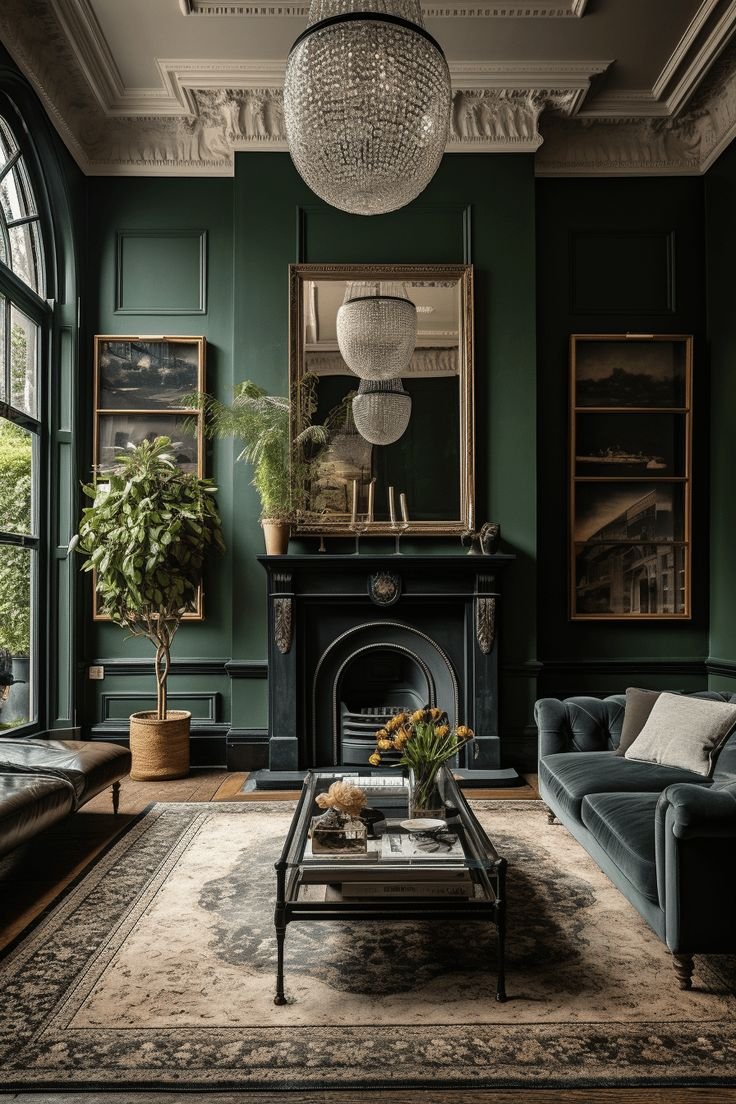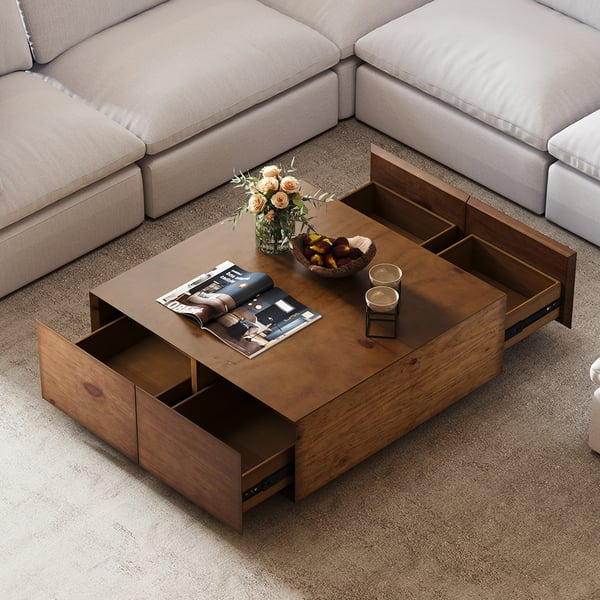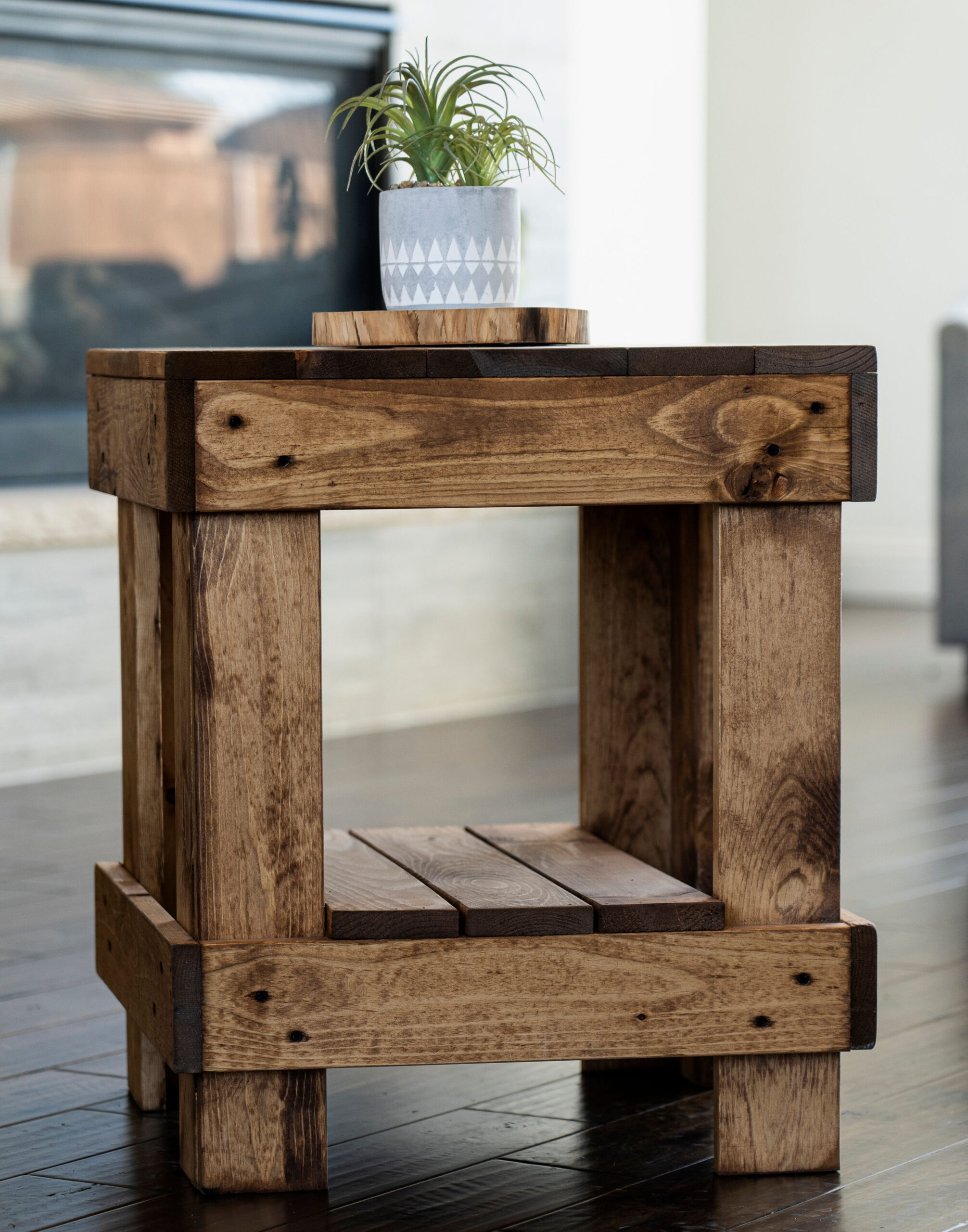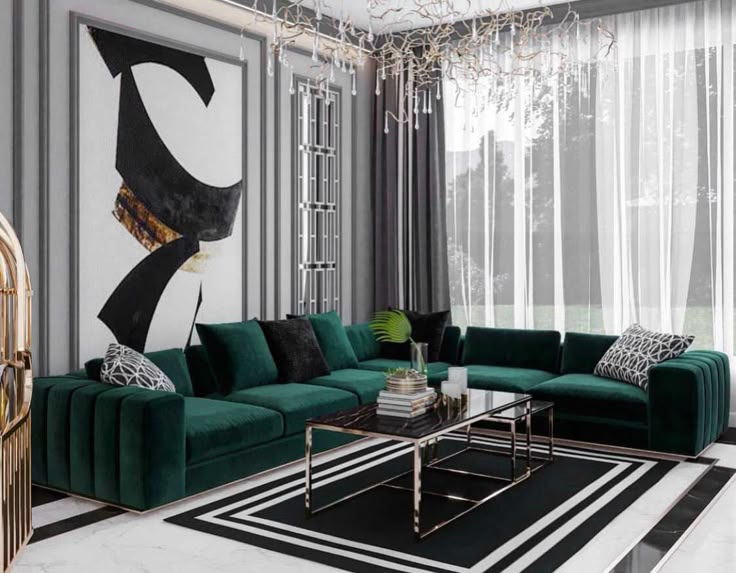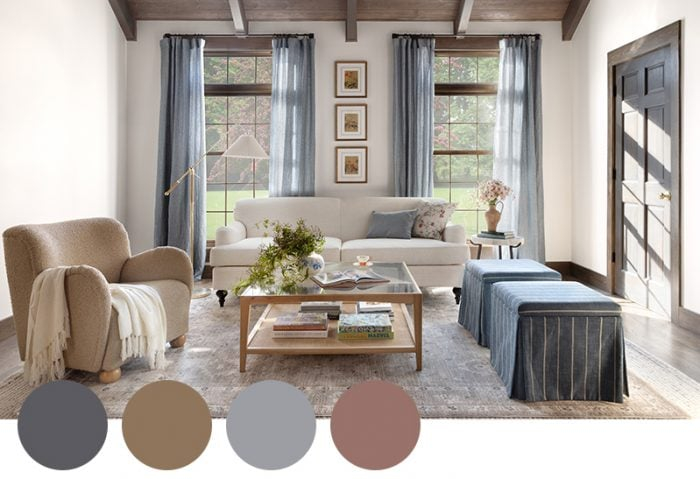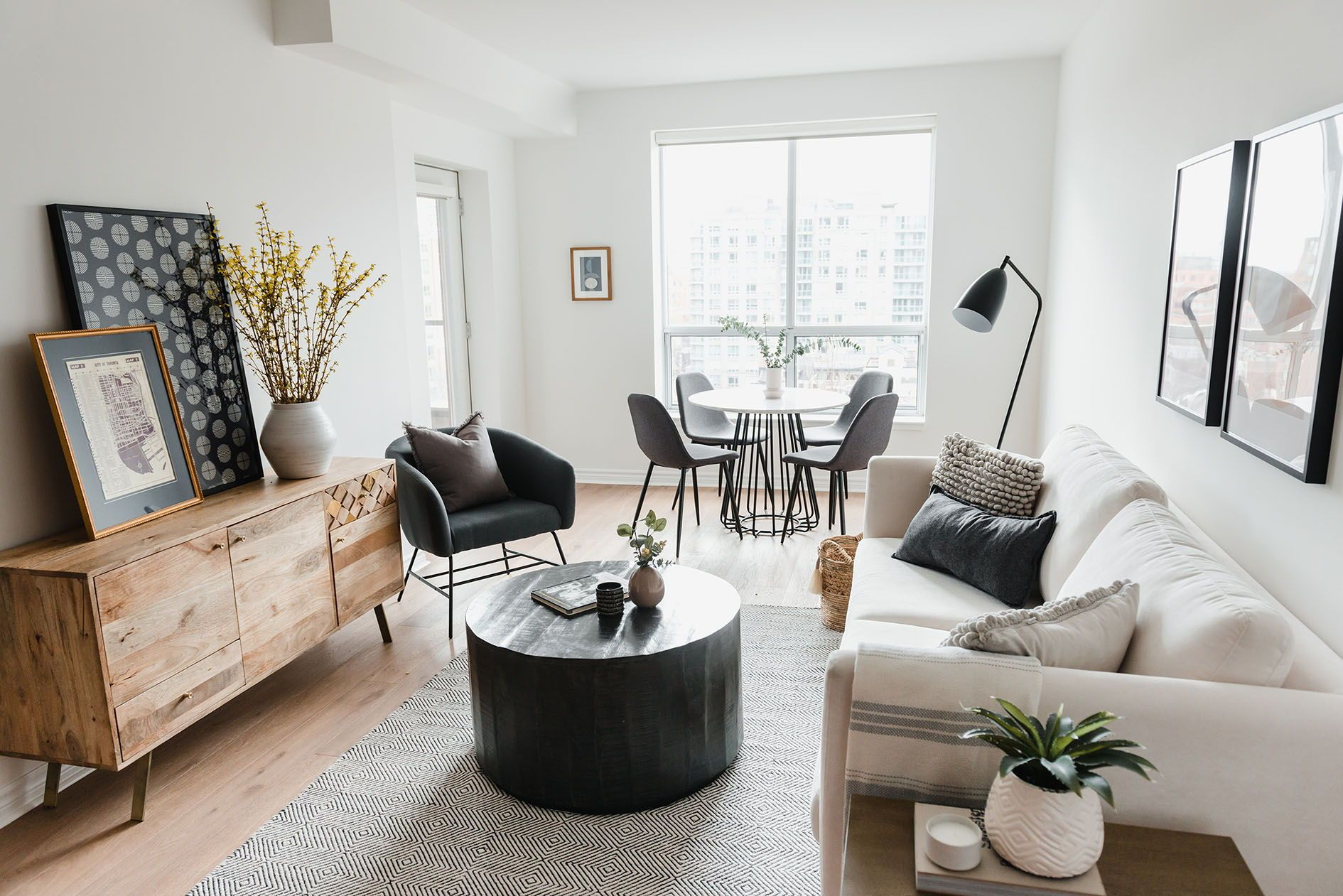The way we work has fundamentally changed, hasn’t it? Gone are the days when ‘office’ meant a single, physical location. Now, for many, it’s a fluid concept, a blend of dedicated workspaces and our own homes. This shift has opened up a world of possibilities, but it also presents a unique challenge: how do we create an environment that supports both focus and flexibility, productivity and peace? It’s about more than just having a desk at home; it’s about skillfully architecting a hybrid workspace that truly works for you.
At its core, a hybrid workspace is about intelligent design. It’s the thoughtful integration of your professional responsibilities and your personal life, facilitated by a physical and digital environment that allows for seamless transitions. Think of it as an ecosystem, where your home office, your company’s physical office, and the digital tools connecting them all work in harmony. This isn’t just about remote work or in-office work; it’s about the sophisticated dance between the two, ensuring that wherever you are, you can be your most effective self. It’s about making the ‘office’ a feeling, a state of being, rather than just a place.
Defining Your Hybrid Needs: The Foundation
Before you start rearranging furniture or investing in new tech, take a moment to truly understand what you need. What tasks demand deep concentration? When are you most productive? What kind of interactions do you thrive on? Are you someone who needs a quiet sanctuary for writing, or do you benefit from the buzz of a shared space for brainstorming? Consider your daily routines, your personal preferences, and the specific demands of your role. This self-assessment is crucial. For instance, a graphic designer might need a home office bathed in natural light with ample desk space for large monitors, while a project manager might prioritize a comfortable, distraction-free zone for video calls and team coordination. Understanding these individual requirements will guide every subsequent design decision.
Designing Your Home Base: The Personal Sanctuary
Your home workspace should feel like an extension of your professional self, not an intrusion into your personal life. This means creating a dedicated area, if possible. Even a small corner can be transformed with the right approach. Invest in ergonomic furniture – a supportive chair and a desk at the right height can make a world of difference to your comfort and long-term health. Good lighting is also paramount. Natural light is ideal, but task lighting, like a well-placed desk lamp, can combat eye strain and boost alertness. Think about acoustics too. Simple solutions like rugs, curtains, or even strategically placed bookshelves can help absorb sound and minimize distractions. And don’t forget the personal touches that make the space yours, fostering a sense of ownership and comfort. A plant, a piece of art, or a family photo can make a workspace feel more inviting and less sterile.
Bridging the Gap: Technology and Connectivity
The true magic of a hybrid workspace lies in its seamless connectivity. Reliable internet is non-negotiable. Invest in a good router or consider a mesh Wi-Fi system to ensure strong signal strength throughout your home. Beyond internet, think about your communication tools. A high-quality webcam and microphone are essential for professional video conferencing. Cloud-based collaboration platforms, project management software, and instant messaging apps become your virtual office corridors and meeting rooms. It’s vital that these tools are not only functional but also intuitive and accessible from wherever you are working. Regular software updates and secure network practices are also key to maintaining productivity and data safety. Consider having a reliable backup plan for your internet connection, too, just in case.
The Office Environment: A Hub for Connection
When you do head into the physical office, it should feel like a destination, a place for specific purposes. Think collaboration, team building, and those face-to-face interactions that are hard to replicate virtually. Companies are increasingly redesigning office spaces to accommodate this. Instead of rows of individual desks, you might see more shared workstations, comfortable lounge areas for informal meetings, well-equipped conference rooms, and quiet zones for focused work. The office becomes a hub for connection and innovation, offering amenities and a social atmosphere that home can’t always provide. The key is intentionality – using the office for what it does best, and home for what you do best there.
Navigating the Flow: Boundaries and Balance
Perhaps the most challenging, yet critical, aspect of a hybrid workspace is establishing clear boundaries and maintaining balance. When your home is also your office, the lines can easily blur. Set specific work hours and stick to them as much as possible. Create rituals to signal the start and end of your workday, like a short walk or a change of clothes. Communicate your availability to colleagues and family members. It’s also important to schedule breaks and truly disconnect. Step away from your screen, grab a coffee, or do a quick stretch. This mental and physical separation is vital for preventing burnout and maintaining well-being. Remember, a hybrid workspace should enhance your life, not consume it.
Continuous Evolution: Adapting Your Space
The beauty of a hybrid workspace is its adaptability. What works today might need tweaking tomorrow. As your role evolves, your team’s needs change, or technology advances, be prepared to reassess and adjust your environment. Regularly solicit feedback from yourself and your colleagues. Are your current tools meeting your needs? Is your home setup still conducive to productivity? Perhaps you need to invest in better noise-canceling headphones, or maybe your company can implement more flexible desk booking systems. Embracing this iterative process ensures your hybrid workspace remains a powerful asset, supporting your success and well-being in the long run. It’s a living, breathing system, always striving for better.
Designing your hybrid workspace is an ongoing art form, a delicate balance of technology, thoughtful design, and personal discipline. It’s about creating an environment where you can be productive, connected, and, most importantly, well. By understanding your needs, optimizing your home setup, leveraging technology effectively, and respecting the boundaries between work and life, you can build a seamless office-home experience. This isn’t just about surviving the new world of work; it’s about thriving in it. So, start experimenting, adapt, and discover the rhythm that allows you to excel, no matter where your work takes you.

